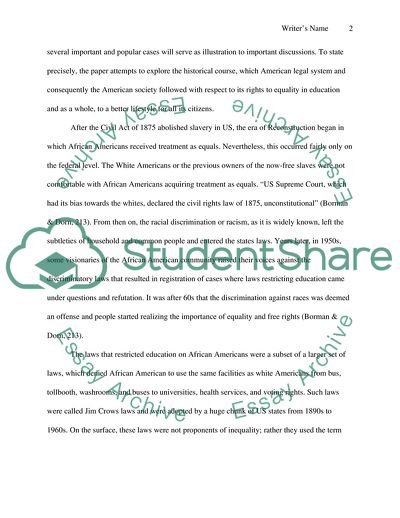Cite this document
(Laws Restricting Education of Freed Blacks and Slaves Essay Example | Topics and Well Written Essays - 1500 words, n.d.)
Laws Restricting Education of Freed Blacks and Slaves Essay Example | Topics and Well Written Essays - 1500 words. https://studentshare.org/law/1755733-laws-restricting-the-education-of-freed-blacks-and-slaves
Laws Restricting Education of Freed Blacks and Slaves Essay Example | Topics and Well Written Essays - 1500 words. https://studentshare.org/law/1755733-laws-restricting-the-education-of-freed-blacks-and-slaves
(Laws Restricting Education of Freed Blacks and Slaves Essay Example | Topics and Well Written Essays - 1500 Words)
Laws Restricting Education of Freed Blacks and Slaves Essay Example | Topics and Well Written Essays - 1500 Words. https://studentshare.org/law/1755733-laws-restricting-the-education-of-freed-blacks-and-slaves.
Laws Restricting Education of Freed Blacks and Slaves Essay Example | Topics and Well Written Essays - 1500 Words. https://studentshare.org/law/1755733-laws-restricting-the-education-of-freed-blacks-and-slaves.
“Laws Restricting Education of Freed Blacks and Slaves Essay Example | Topics and Well Written Essays - 1500 Words”. https://studentshare.org/law/1755733-laws-restricting-the-education-of-freed-blacks-and-slaves.


